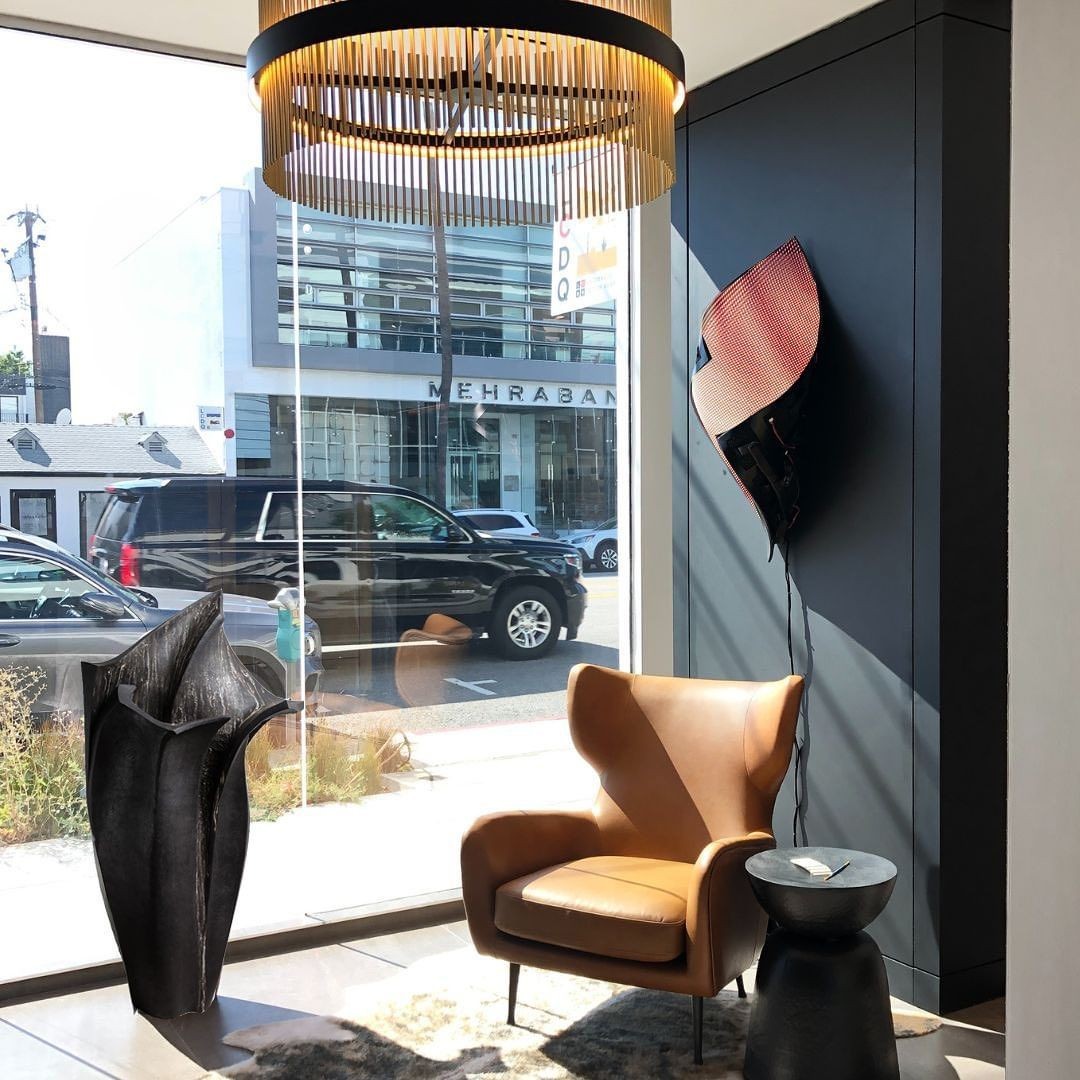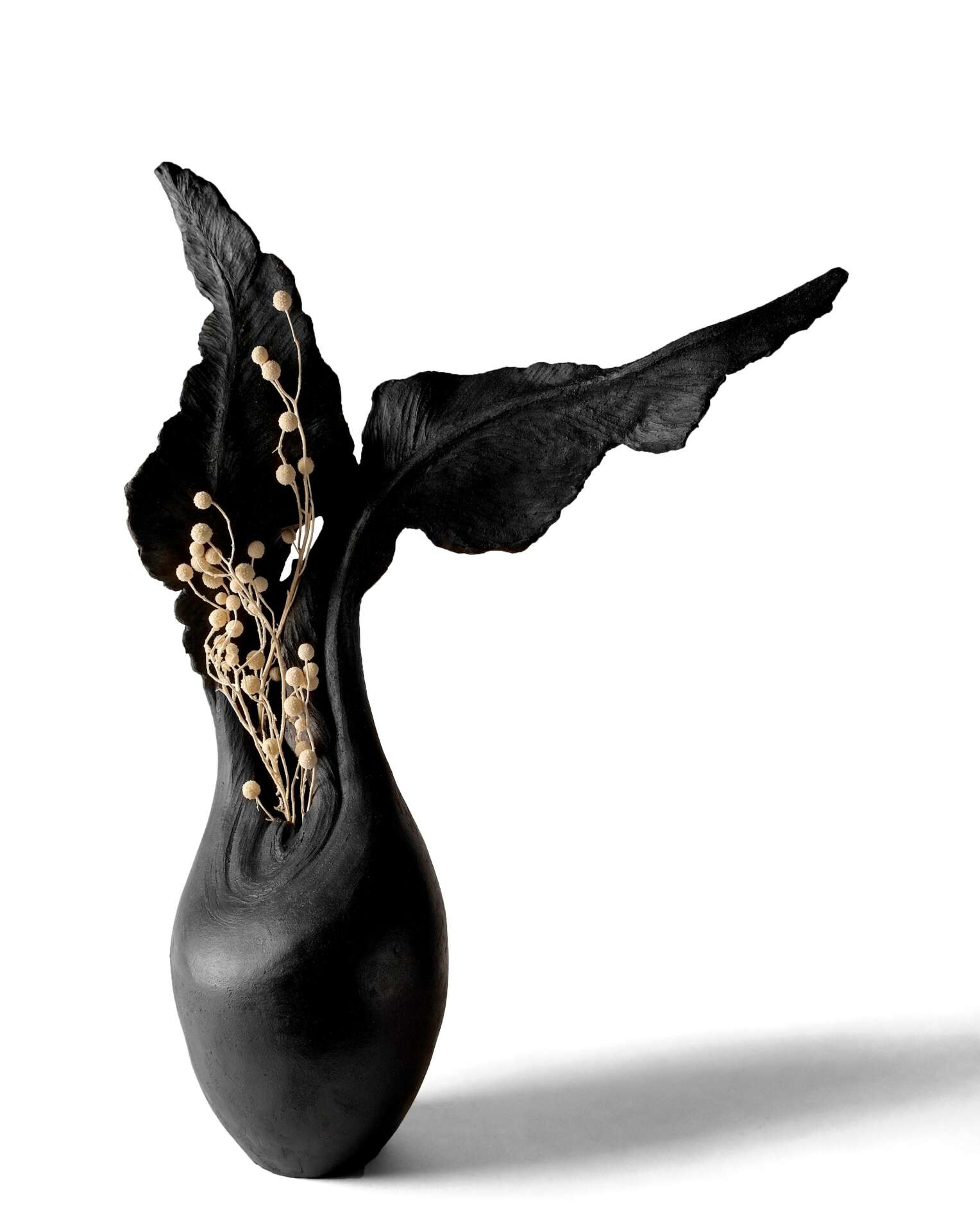We caught up with the brilliant and insightful Beverly Morrison a few weeks ago and have shared our conversation below.
Beverly, thanks for joining us, excited to have you contributing your stories and insights. We’d love to hear about when you first realized that you wanted to pursue a creative path professionally.
I’ve always been a maker; the act of creating is etched into my earliest memories. Growing up, my mother, a remarkably creative soul, turned our home garage into her workshop. From crafting leaded glass windows to painting, drawing, furniture making, sculpting, sewing, and even being an impressive cook—she did it all. She was not just my first instructor and critic but also the one who candidly informed me that the path of an artist isn’t for the faint of heart.
Following in her creative footsteps, I naturally gravitated toward art in school. My love for everything led me to earn a BA in Studio Art from California State University of Long Beach. Having explored a variety of art classes in college, I gained clarity on my strengths and weaknesses. I’ve always enjoyed hands-on, tactile work, thriving in the three-dimensional realm and appreciating a process-oriented approach. However, I struggled with color. My brain didn’t quite grasp the intricacies of color layering. So, I found my niche in sculpture, and that’s been my path ever since.
After graduation, uncertain about my next steps, I ventured into a small business creating maquettes inspired by comic book and animation characters. However, over time, I grew dissatisfied with my work and found myself returning to my true artistic roots.
In my quest to rediscover my passion, I stumbled upon a transformative book called “Architectural Ceramics” by Peter King in my mid-twenties. The realization of Peter’s work and what could be accomplished with clay excited me beyond measure. I discovered that Peter gave workshops in Pensacola, Florida, so I eagerly signed up. These workshops not only introduced me to the world of clay but also connected me with other artists, including Stan Bitters and the late Gwen Heeney. Inspired, I established my own garage studio, embarking on a self-study journey into the realm of clay.

Beverly, love having you share your insights with us. Before we ask you more questions, maybe you can take a moment to introduce yourself to our readers who might have missed our earlier conversations?
For over two decades, I’ve been fully immersed in the world of clay, and I say with certainty, it’s been my greatest love. I find the raw, tactile quality of clay intoxicating. The medium itself is ancient, literally made with the bones of our ancestors. It has been used by human civilizations for thousands of years, with a history deeply intertwined with cultural, artistic, and functional practices. If that weren’t enough, clay is an extremely therapeutic medium because it absorbs everything you give to it—the good, the bad, and the ugly, resulting in a transformation of raw emotions into beauty.
What many may not know about me, is that I’m a profoundly process-oriented individual. I often describe myself as a one-woman show. From mixing my own clay to photographing my work, and even taking charge of packaging and shipping pieces to destinations across the globe, I’m involved in every stage. While it’s possible to delegate some of these responsibilities to others, I find myself quite protective of my work. In a way, they are like my children, and I believe they deserve all the love and respect I can offer until they venture into the world, to be cherished by others.
Part of my design philosophy is:
A physical connection to the Earth.
A spiritual refreshment for the mind.
An inspired harmony for the soul.
My primary goal is to create sculptures that not only enhance personal spaces and environments but also instigate moments of contemplation, reflection, and encourage a tactile connection to the earth. I find great joy in witnessing people interact with my work, as clay should be touched. As I’ve mentioned before, clay possesses therapeutic qualities at all stages of its creation. It has the remarkable ability to anchor us to our first mother, nature. In a world constantly bombarding us with stimulation, information, and drama, we all require those moments, places, or things that reconnect us, inspire beauty, and bring us back to our natural state, which is happiness.


Looking back, are there any resources you wish you knew about earlier in your creative journey?
I wish I had known that there would be more avenues available for selling art. Galleries are just one small facet of the art market, and even the gallery system itself has had to adapt to survive. Unfortunately, many contemporary artists may still be unaware of these evolving opportunities. These days, we have interior designers, art consultancies, hospitality firms, showrooms, high-end stores, architects, stylists….to name a few. This is not to say that there are no challenges in getting your work in front of these people; there certainly are and I’m still navigating these diverse avenues myself. It’s not an easy journey, but, as they say, nothing worthwhile ever is.
When I mentor artists, I often ask them about the kind of artist they aspire to be. Do they seek the accolades and recognition that the traditional gallery system can offer? If so, then pursuing formal education, obtaining an MFA, building a network, and working within the system may be the path. Securing a residency can also be a significant credential that galleries appreciate. However, for those who are more open to the idea that their work can find a home in various settings, such as homes, hotels, restaurants, etc. there’s a world of opportunities. Working closely with interior designers, design firms, art consultants, and agencies can be an alternative approach. Exploring diverse channels to showcase your work is key. The more your art is out there, the more people will have the chance to discover your unique creative vision.


Is there something you think non-creatives will struggle to understand about your journey as a creative?
Art is an incredibly personal and enigmatic realm. It serves as a portal into the very essence of an individual, offering glimpses into the diverse moments of life—love, pain, joy, madness, failures, insecurities, passions, and so much more. Explaining this profound connection can be a formidable task. If the eyes are indeed the windows to the soul, then art emanates the energy of that soul. It serves as a bridge, intimately connecting the artist’s inner world with the emotions and experiences that flow onto the canvas or into the clay.
When you encounter artwork in galleries, museums, or online platforms, you’re witnessing the physical manifestation of something that words often struggle to capture. I’ve come across numerous articles on art and artists that are filled with overly elaborate descriptions, sometimes bordering on the incomprehensible. It’s as if people are desperately trying to find the right words, including the artists themselves. Society often expects this of us, demanding that we articulate our creations.
What I’d like to emphasize is that, despite our efforts to describe it, when you gaze upon a piece of art, you’ll never truly comprehend the depths of what the artist was experiencing, the range of emotions, or the intentions that drove their work. Art is a language of the soul, and its profound essence transcends the limitations of words. It speaks a truth that exists beyond the boundaries of conventional expression, inviting us to connect with the artist on an unspoken, visceral level. Therefore, as viewers, let’s approach art with kindness, openness, and the understanding that each piece holds a unique, unspoken narrative that is a reflection of the artist’s inner world.


Contact Info:
- Website: beverlymorrison.com
- Instagram: https://www.instagram.com/sculptorlady/
- Linkedin: https://www.linkedin.com/in/beverlymorrison/
- Other: pinterest: https://www.pinterest.com/Sculptorlady/


